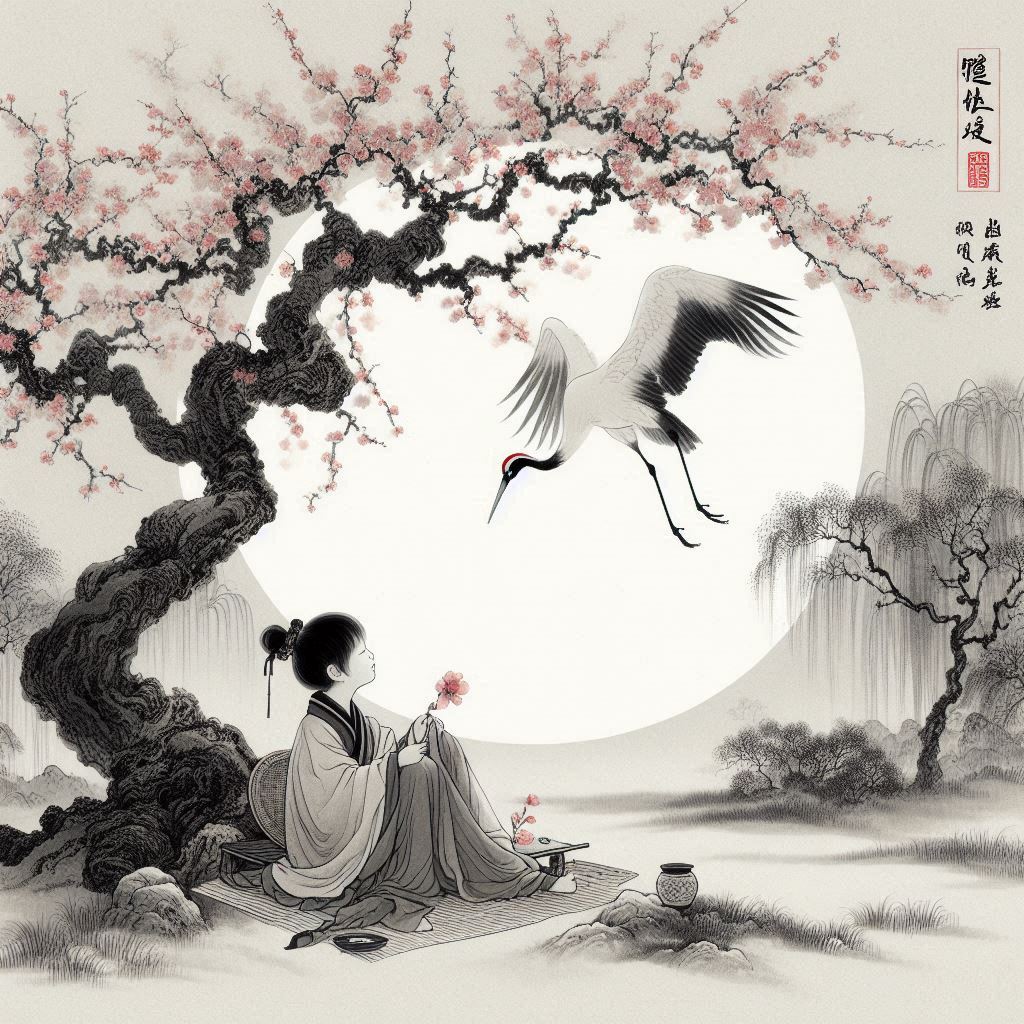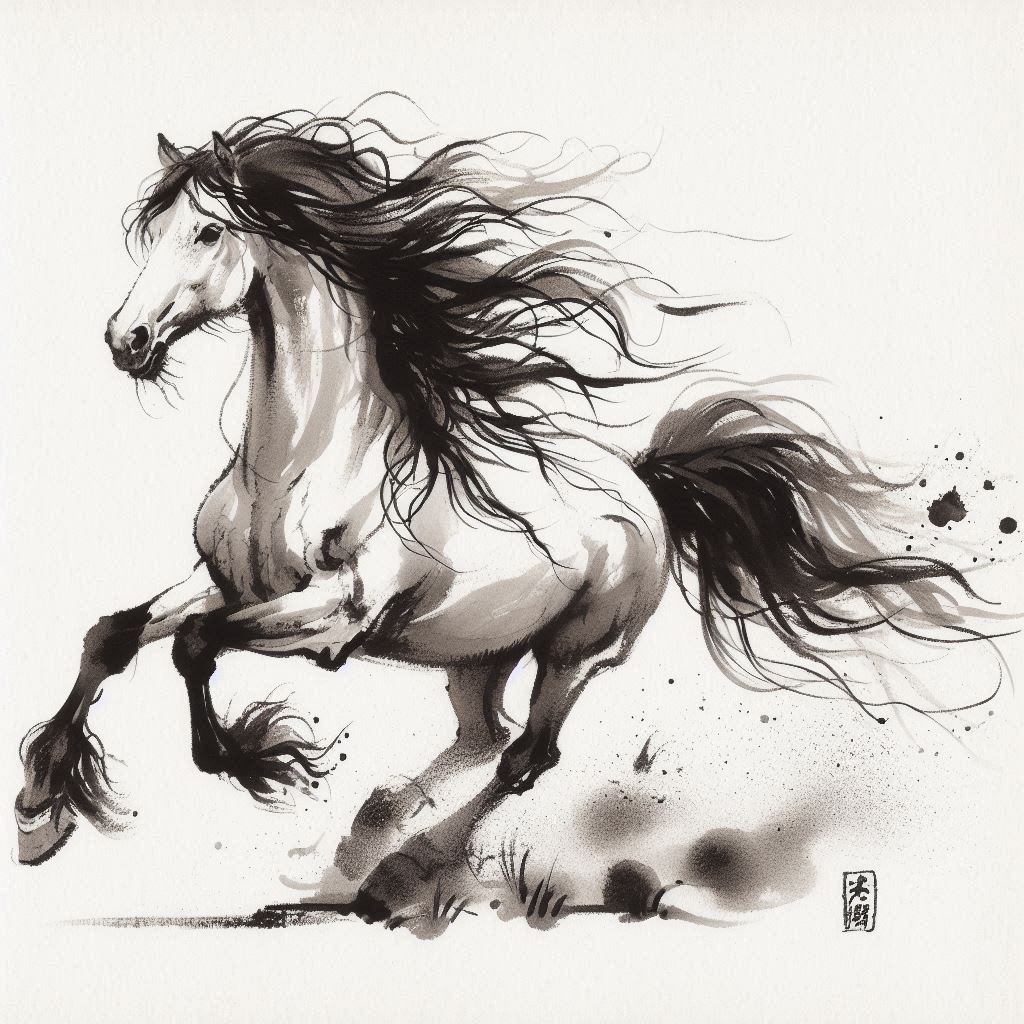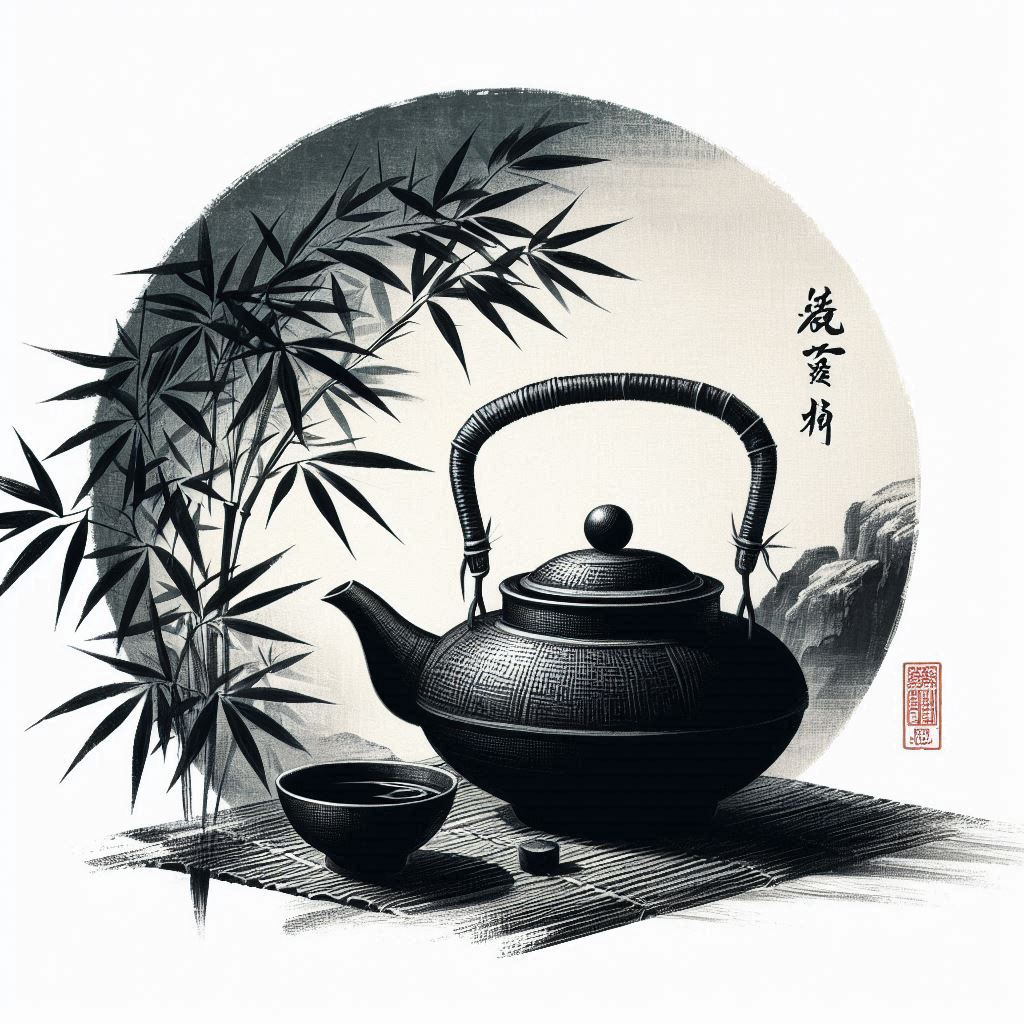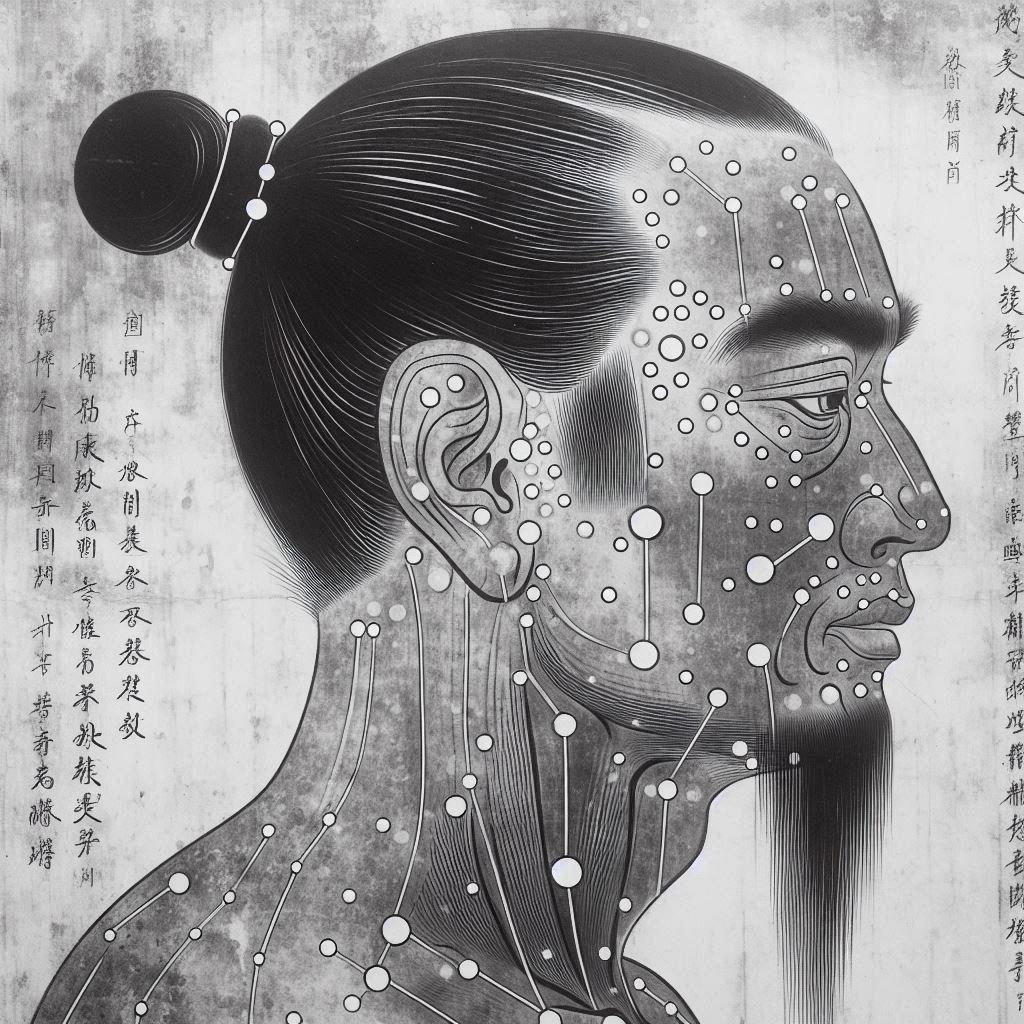Dampness is heavy and turbid in nature(1). Being heavy dampness tends to “sink” in the lower parts of the body manifesting in "turbid" discharges such as turbid vaginal discharge and turbid urine. The most typical sign of dampness is lack of energy and feeling of heaviness in the body. Furthermore just like bacteria and parasites thrive in an external damp environment so do they thrive in internal damp body environment.
One way to counteract dampness is exercise. Exercise promotes the flow of Qi throughout the body which disperses dampness like wind blowing away a fog.
Oxygen is another antidote to dampness(2). Thus promoting a bigger flow of oxygen in the body through different breathing exercises will be beneficial for clearing dampness.
Foods that dry dampness are foods with diuretic properties such as rye, corn, adzuki beans and white pepper(2). One should avoid eating cold foods directly from the refrigerator and raw foods (as they have cold nature, which will slow down the digestion, which will then lead to more generation of dampness). One should also avoid overeating and late night eating.
YS
(1) Liangyue, D., Yijun, G., Shuhui, H., Xiaoping, J., Yang, L., Rufen, W., Wenjing, W., Xuetai, W., Hengze, X., Xiuling, X., Jiuling, Y. (1987). Chinese acupuncture and moxibustion. Beijing: Foreign Languages Press(2) Pitchford, Paul (2002). Healing with Whole Foods. Berkeley: North Atlantic BooksRelated Articles:
The Six Climatic Factors and The Five Elements
Winter (Element Water) Please read our Disclaimer








